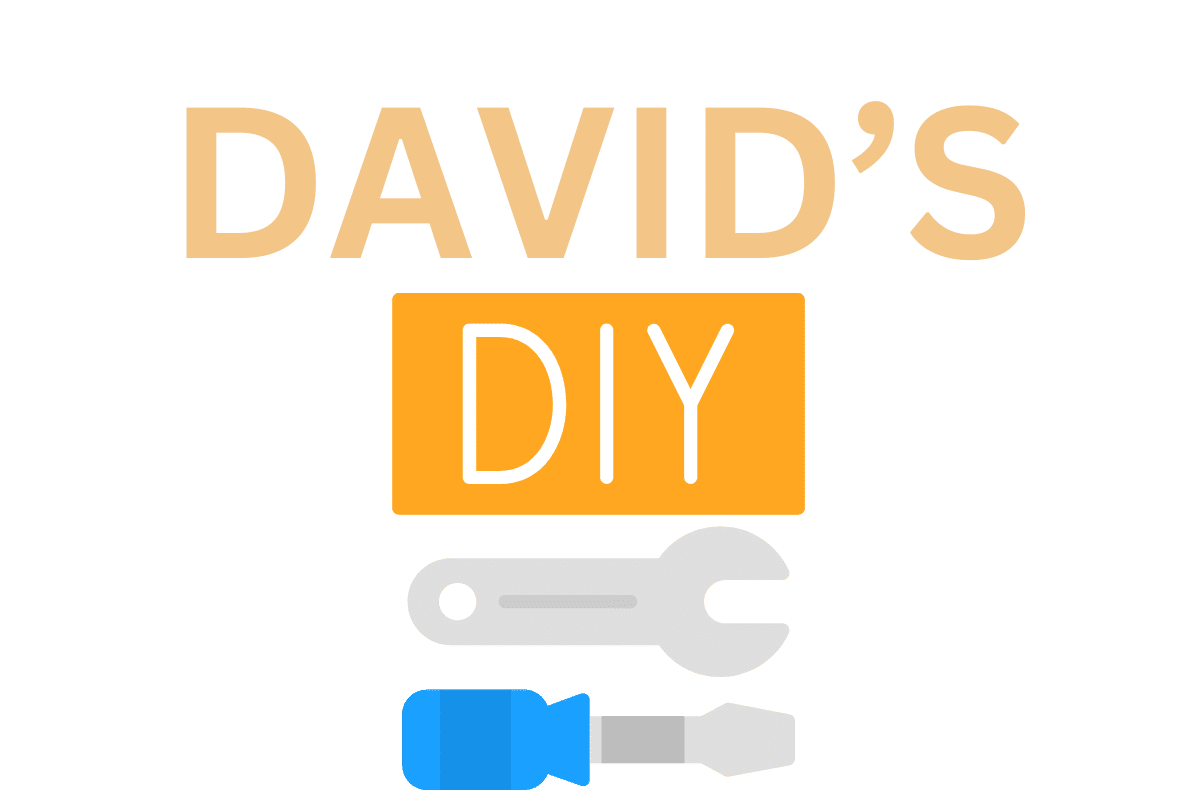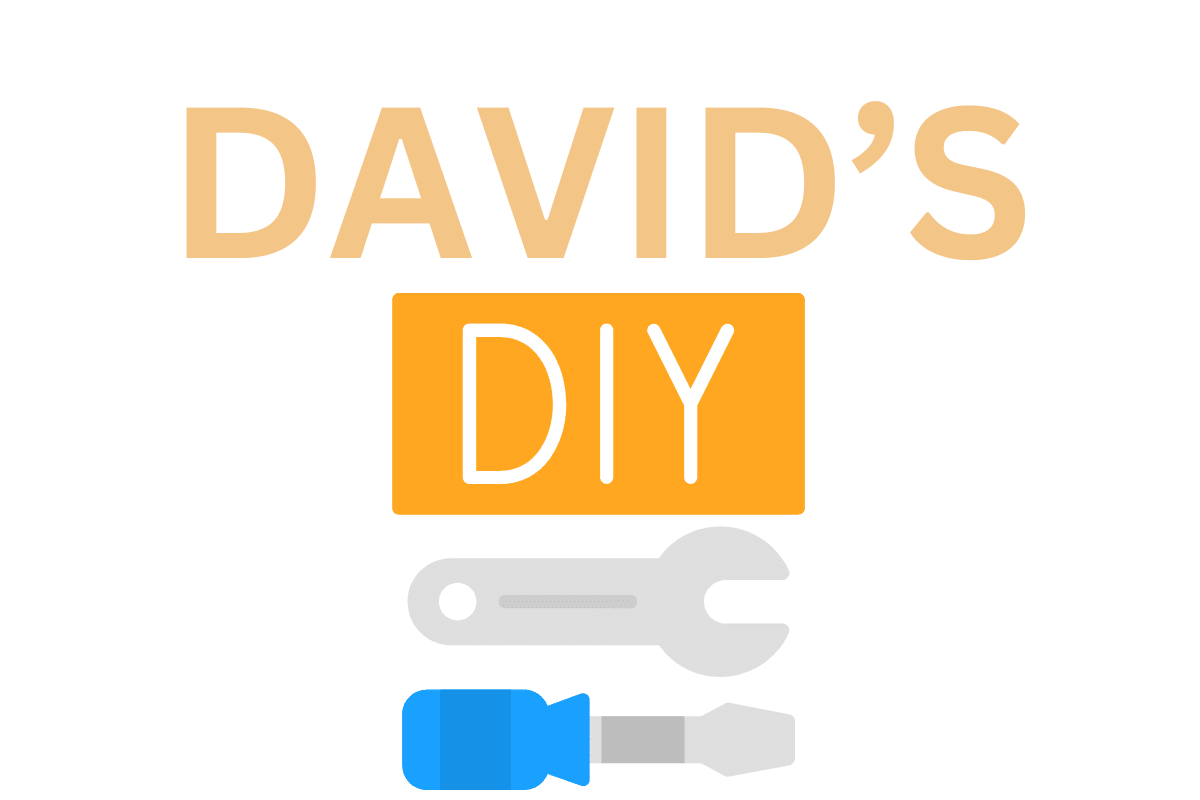Introduction: Embracing the Power of Mother Nature
Greetings, fellow garden enthusiasts! I’m David, the guy behind David’s DIY Services, and I’m here to share with you my passion for rainwater harvesting – a game-changing solution that can transform your garden into a self-sustaining oasis. So, if you’re ready to ditch those water bills, reduce your environmental footprint, and grow the most luscious, bountiful garden imaginable, then buckle up, because this is going to be an adventure!
You see, I’ve always been fascinated by the idea of harnessing the power of Mother Nature to create a truly sustainable living space. And let me tell you, rainwater harvesting is the key to unlocking that potential. Imagine a garden that thrives on the very rainfall that graces our skies, requiring little to no municipal water. It’s a dream come true, and it’s easier to achieve than you might think.
Understanding the Benefits of Rainwater Harvesting
Now, I know what you might be thinking: “Rainwater harvesting? Isn’t that just for the hardcore, off-the-grid types?” Well, my friend, let me enlighten you. Rainwater harvesting is a practical, accessible, and incredibly rewarding solution for gardeners of all levels, from the seasoned green thumb to the budding novice. And the benefits? Let me break them down for you.
First and foremost, rainwater harvesting can save you a ton of money on your water bills. Think about it – every time it rains, you’re essentially getting free water to nourish your garden. No more relying on the municipal supply and paying those exorbitant fees. It’s a win-win for your wallet and the environment.
But the benefits don’t stop there. Rainwater is also incredibly nutrient-rich, thanks to the natural minerals and trace elements it picks up as it falls from the sky. This means your plants will thrive, producing healthier, more vibrant foliage and more bountiful harvests. No more dealing with the chlorine and other additives found in tap water – your garden will be drinking the good stuff, straight from the source.
And let’s not forget the environmental impact. By reducing your reliance on municipal water, you’re doing your part to conserve this precious resource. And with the growing threat of droughts and water scarcity, rainwater harvesting is becoming an increasingly important solution for sustainable living.
Designing Your Rainwater Harvesting System
Okay, so you’re convinced – rainwater harvesting is the way to go. But where do you even start? Well, my friend, that’s where I come in. As a seasoned DIYer and gardening enthusiast, I’ve got the lowdown on how to design and install a rainwater harvesting system that’s tailored to your specific needs.
First and foremost, you’ll need to assess your property and determine the best location for your rainwater collection system. This will depend on factors like the size and slope of your roof, the proximity to your garden beds, and the availability of suitable storage containers. Once you’ve got that figured out, it’s time to start thinking about the components.
The heart of your system will be the storage tank – this is where all that precious rainwater will be collected and stored for when you need it. Now, you can go for a traditional above-ground tank, or you can get creative with underground cisterns or repurposed barrels. The choice is yours, and it will depend on your available space, budget, and aesthetic preferences.
Next, you’ll need to install the gutters and downspouts to channel the rainwater from your roof into the storage tank. This is where you can really get innovative, experimenting with different materials and designs to create a system that’s both functional and visually appealing.
And let’s not forget the distribution system – this is how you’ll get the water from the tank to your garden beds. Will you use a simple hose and watering can? Or will you go for a more sophisticated setup with irrigation lines and drip emitters? The options are endless, and the choice is entirely up to you.
Maintaining Your Rainwater Harvesting System
Alright, now that you’ve got your rainwater harvesting system up and running, it’s time to talk about maintenance. Because let’s be real – no one wants to invest all that time and effort into a system that’s just going to fall apart, right?
The good news is that maintaining a rainwater harvesting system is actually pretty straightforward. It all starts with keeping your gutters and downspouts clean and clear of debris. You’ll want to do a quick inspection after every major storm to ensure everything is flowing smoothly.
Next, you’ll need to keep an eye on your storage tank. Depending on the type you’ve chosen, you may need to occasionally clean out any sediment or debris that accumulates. And don’t forget to check the condition of your tank’s lid or cover – you don’t want any unwanted critters getting in there and ruining your precious water supply.
As for the distribution system, it’s all about keeping those pipes and hoses in tip-top shape. Regularly check for any leaks or cracks, and be sure to winterize the system properly if you live in a cold climate. Trust me, you don’t want to be dealing with a frozen pipe disaster in the middle of winter.
But the best part? Once you’ve got your rainwater harvesting system dialed in, the maintenance is minimal. Just a few quick checks here and there, and you’ll be good to go. Imagine – a lush, thriving garden, nourished by the very rain that falls from the sky, with hardly any effort on your part. Sounds like a gardener’s dream, doesn’t it?
Maximizing Your Rainwater Harvesting Potential
Alright, so you’ve got your rainwater harvesting system up and running, and you’re already seeing the benefits in your garden. But you know what they say – there’s always room for improvement, right? Well, my friends, let me share a few tips and tricks to help you maximize the potential of your rainwater harvesting setup.
First and foremost, consider incorporating some water-saving techniques into your gardening routine. Things like mulching, drip irrigation, and strategic plant placement can all help you get the most out of your rainwater supply. After all, the more efficient your water usage, the less you’ll need to rely on your storage tank.
And speaking of your storage tank, have you ever thought about expanding your capacity? By adding more tanks or even connecting multiple systems, you can increase your rainwater storage and ensure you’ve got plenty of water on hand, even during those long, dry spells.
But the real game-changer? Integrating your rainwater harvesting system with other sustainable practices, like composting and permaculture. By creating a closed-loop system that recycles nutrients and minimizes waste, you can take your self-sustaining garden to the next level. Imagine – a garden that not only thrives on rainwater but also nourishes itself, year after year. It’s the stuff of gardening dreams, my friends.
Conclusion: Embracing a Sustainable Future
Well, there you have it – everything you need to know about designing, installing, and maintaining a rainwater harvesting system for your self-sustaining garden. And let me tell you, the possibilities are endless. From lush, thriving vegetable patches to vibrant flower beds, the benefits of this eco-friendly solution are truly remarkable.
So, what are you waiting for? It’s time to take the plunge and start harnessing the power of Mother Nature. Head on over to https://davidsdiy.com/ to explore all the resources and tools you need to get started on your very own rainwater harvesting adventure. Trust me, your garden (and your wallet) will thank you.
Happy harvesting, my friends! Let’s show the world that sustainable living can be both practical and downright enjoyable.

